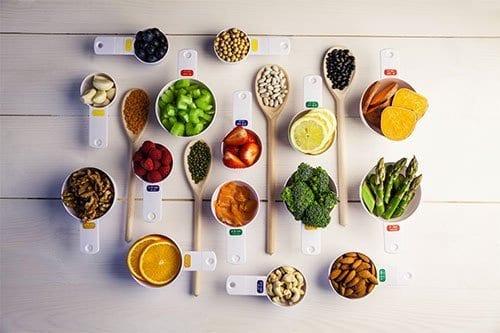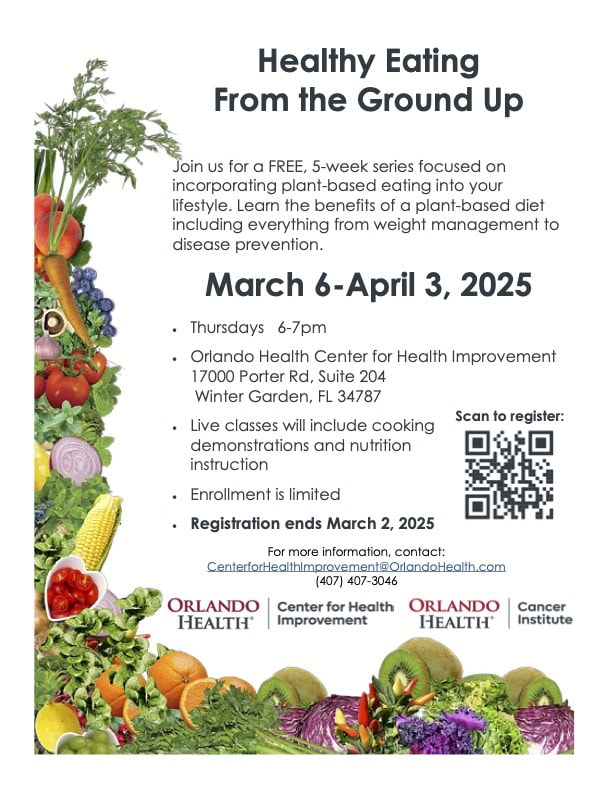Serving Up Success

Serving Up Success
By: Lisa Cooper, MS, RD, LD/N
Obesity is an ongoing epidemic in the United States, with more than a third (36.5%) of U.S. adults considered obese. As a registered dietitian focused on prevention, these are daunting statistics. I believe an evolution of social and environmental factors are the source of this trend. Years of automation leading to declines in physical activity, along with fast and convenient foods served in large containers, are just two of the many influences contributing to the weight of the nation. In 2006, the U.S. Centers for Disease Control published an educational piece warning of large portion sizes and the relationship to weight gain and obesity.
Portion vs. Serving
More than 10 years later, waist sizes continue to expand, and a major factor is that most people don’t know the difference between a portion size and a serving size. Many assume what is portioned on the plate, or purchased in a container, is a serving. A portion is the amount of food dished on a plate or grabbed out of the chip bag, while a serving is a set recommendation for the amount of food to eat. A lot of packaged foods include recommended servings, which, while nutritionally categorized and properly proportioned, are not well-known or understood by the American public.
Choose Wisely
Americans daily have to choose portion sizes at grocery stores and restaurants that contain multiple servings. For example, convenience stores offer soft drink cups ranging from 20 to 50 oz. Selecting the 20 oz. cup would appear to be the correct serving size. In actuality, a serving is 8 oz. but there is no cup available in that size. Consumers are conditioned to think that an 8 oz. serving is much too small. In the past, a “short” 8 oz. coffee was on the menu at coffee houses. This option is no longer advertised, with a “tall” 12 oz. coffee listed as the smallest choice available. At restaurants, most would be outraged to receive a half cup serving of rice or a 3 oz. chicken breast. Our environment has dictated portions for years.
The Right Change?
Updated nutrition labels will be on food products starting January 2020. The new labels depict serving sizes based on the portion typically consumed in one sitting. For example, the label on a 20 oz. soda, currently listed as 2 ½ servings at 80 calories per serving, will change to one serving at 200 calories. I am uncertain if the increase in serving sizes to “portions typically consumed” might be a disservice to the American public and the fight against obesity. Does simplifying the label and increasing serving size make it less likely that people will drink the entire soda? With over 10 years since the CDC bulletin on servings and weight gain, and no improvement in the obesity epidemic, maybe we need to make package sizes match proper servings, instead of the other way around.
Recipe for Success: Large portions provide excess calories. Be conscious of portion size and educate yourself on proper serving size and calories. Smaller portions, especially of higher calorie items, help with weight control.
Check out the next post with tips on how to control portions at home.

About the Author
Lisa Cooper is a dietitian specializing in prevention and wellness at Orlando Health. She is a registered and licensed dietitian with a Bachelor of Science degree from Ohio University and a Master of Science in Human Nutrition from Case Western Reserve University.
Share This Post
Share this Post
you might also like
Small changes can make a big difference to your health. Try incorporating at least six of the eight goals below into your diet.















